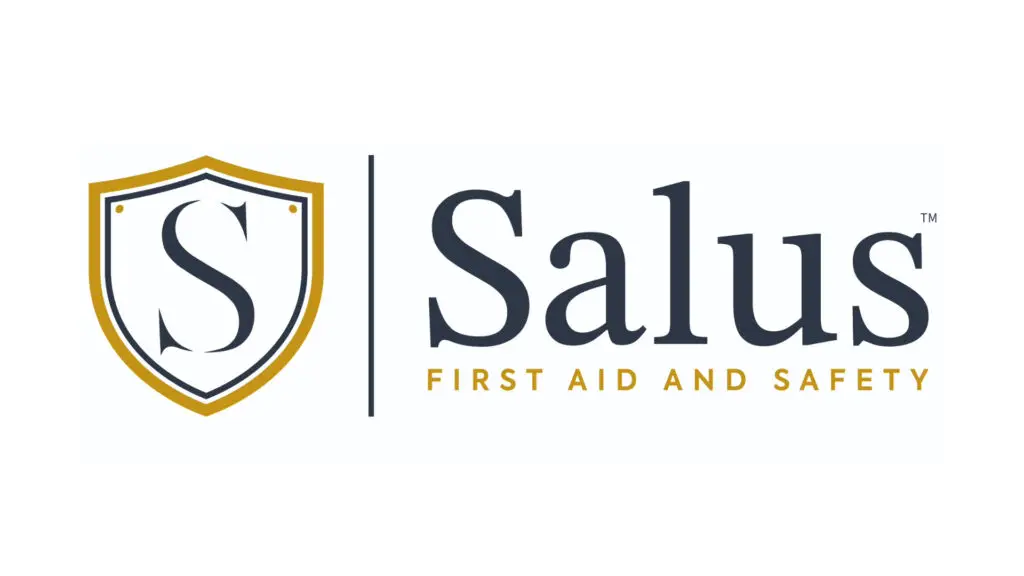Eyewash Station Requirements

Eyewash Station Requirements
Importance of Eyewash Stations
Eyewash Station Service
When did you last check your eyewash station?
Owning an eyewash station is just the first step toward compliance and safety. Regular inspections and maintenance are equally important to ensure that the station is ready for use during an emergency. At Salus First Aid and Safety, we provide the necessary equipment to help you stay compliant and offer regularly scheduled service and maintenance to keep your stations in optimal condition.
Understanding OSHA 29 CFR 1910.151(c)
This regulation mandates that “where the eyes or body of any person may be exposed to injurious corrosive materials, suitable facilities for quick drenching or flushing of the eyes and body shall be provided within the work area for immediate emergency use.” Many industrial workplaces face various hazards, including chemicals, battery stations, and tools that emit dirt and debris. According to OSHA, where these hazards exist, proper flushing equipment for the eyes and body is required. However, each business is unique, so it’s up to you to identify and prepare for the specific hazards in your workplace.
Eyewash Station Placement
There is no universal answer for the ideal placement of eyewash stations. However, best practices suggest that stations should be within 2-8 seconds of the hazard, with an unobstructed path. Common placement locations include:
- Forklift charging stations
- HVAC units
- Kitchens
- Laboratories
- Machine shops
- Construction sites
- Pump rooms
- Auto body shops
ANSI Z358.1-2014 Standards
Key Requirements
While you should always refer to the full written standard to determine what’s right for your business, here are some common requirements from ANSI to consider:
- Continuous 15-minute flow: The station should be capable of providing a continuous flow of water for at least 15 minutes.
- Flow rate: Minimum of 0.4 gallons per minute at 30 psi.
- Water temperature: Between 60 and 100°F (15 to 37°C).
- Proximity: Must be within 10 seconds of the hazard.
- Unobstructed path: The path to the station must be clear of obstructions.
- Visibility: Stations should be brightly lit and clearly signed.
- Activation speed: The station should activate within 1 second.
By adhering to these guidelines and ensuring that your eyewash stations are properly maintained, you can protect your employees from potential hazards and keep your business compliant with OSHA regulations.
